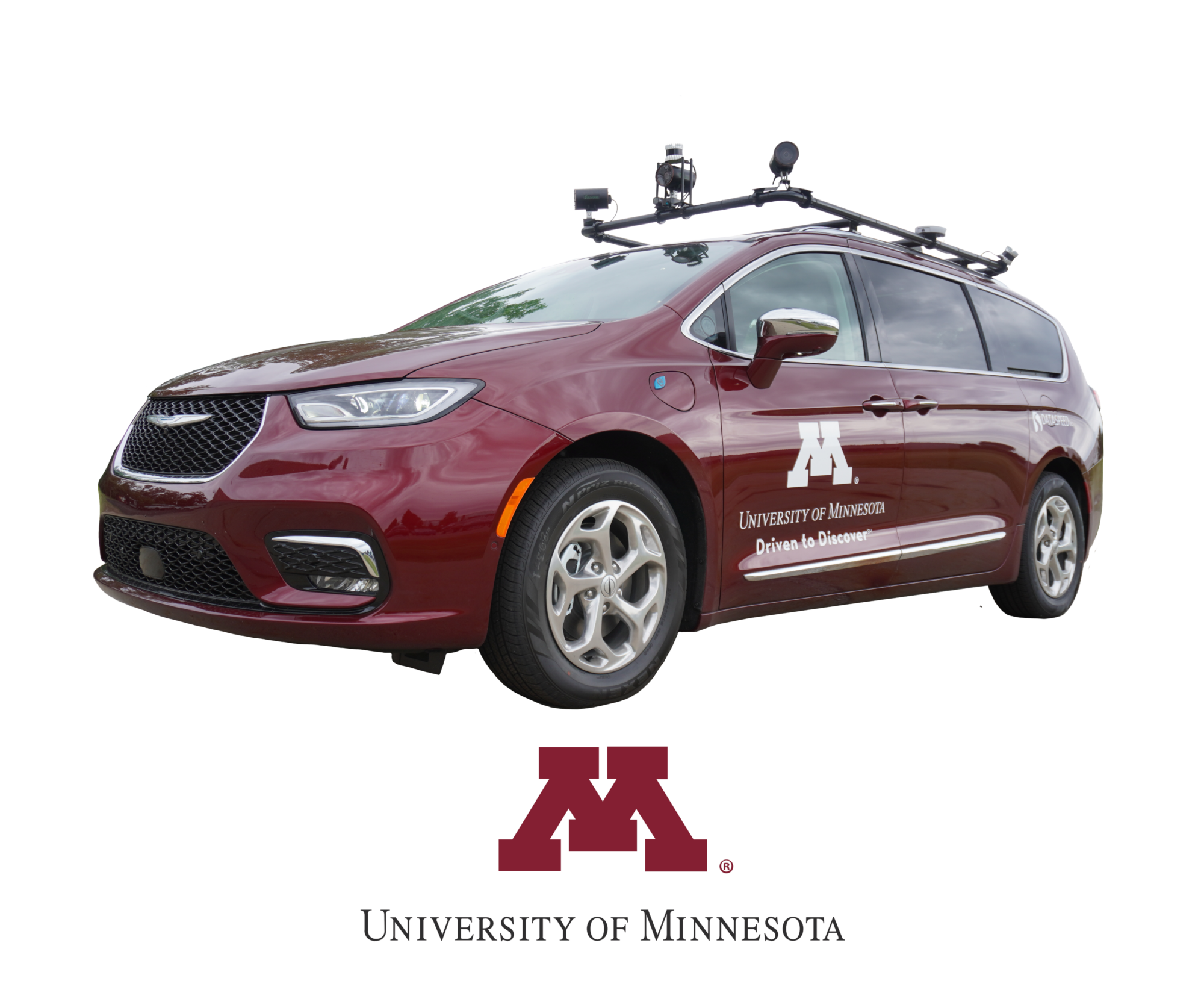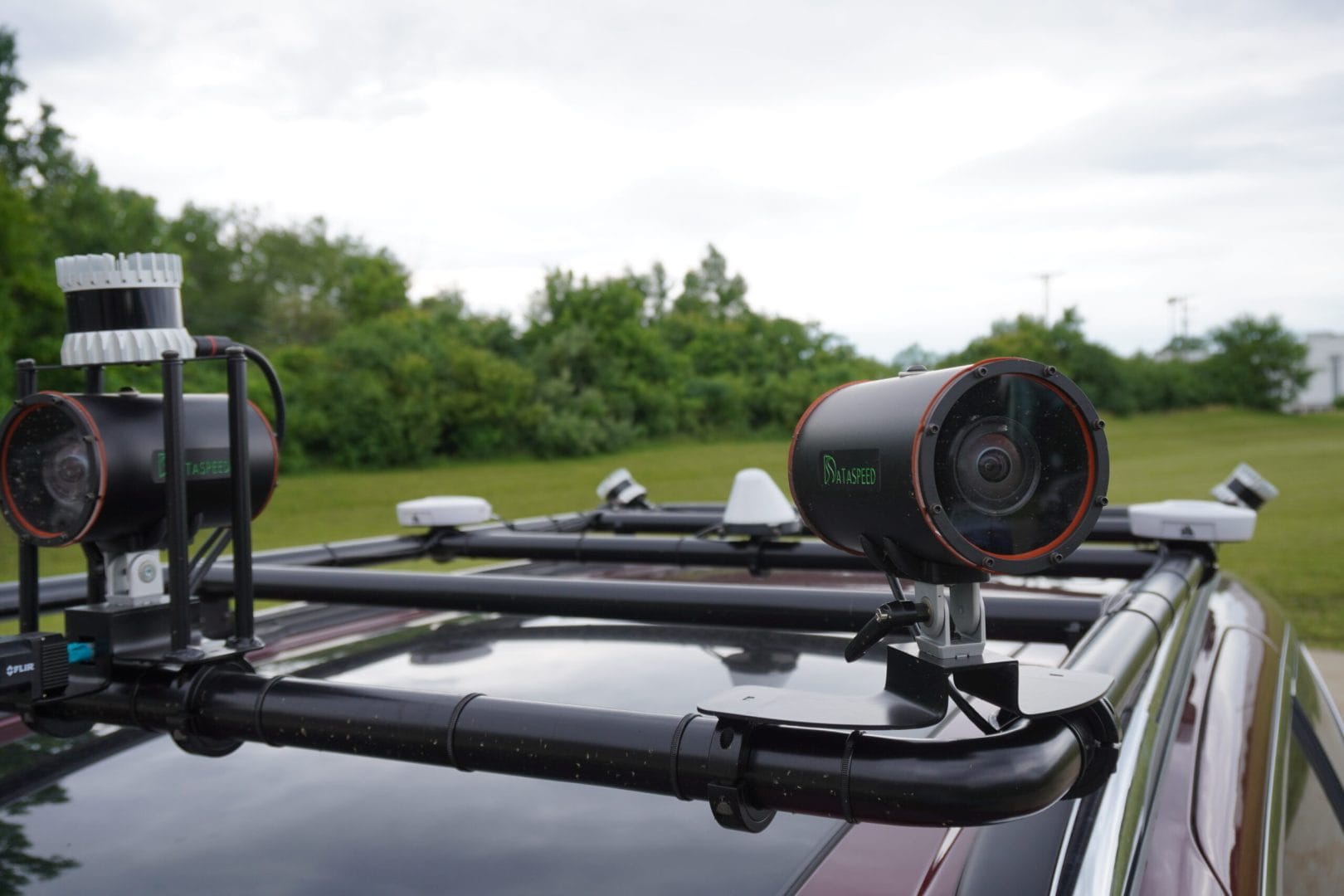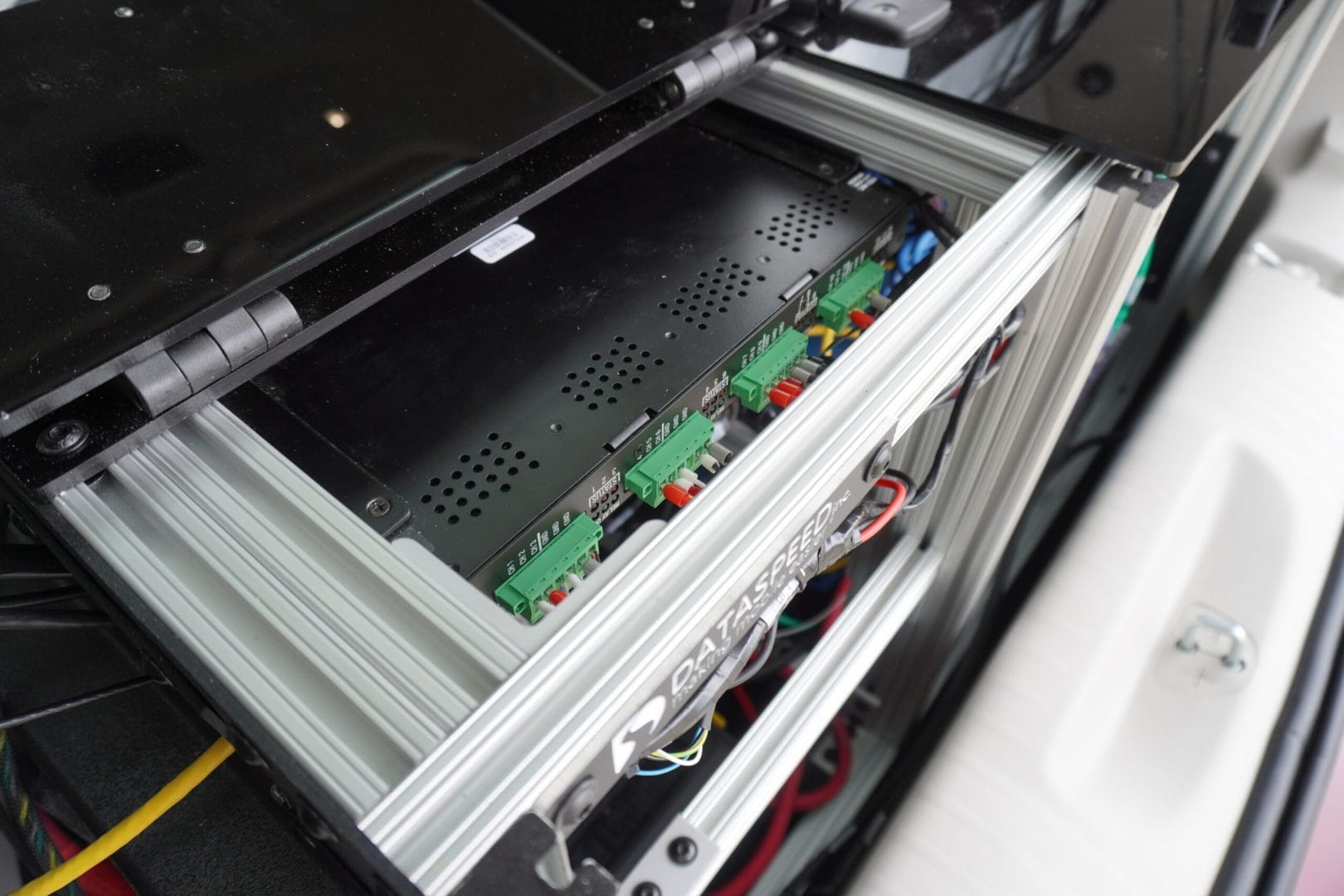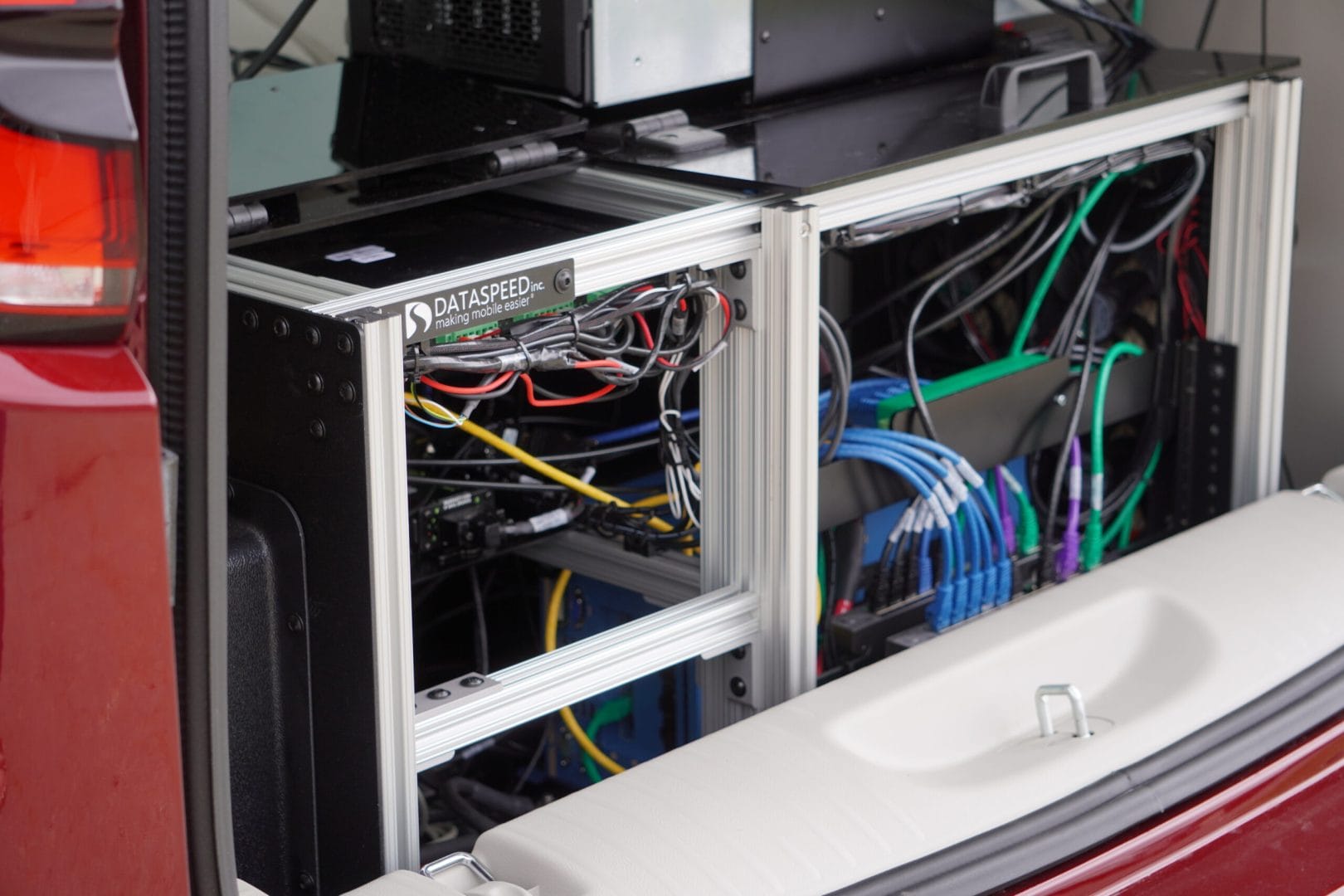Dataspeed, a leader in autonomous vehicle technology, is at the forefront of developing cutting-edge self-driving systems, blending advanced hardware with custom R&D software to push the boundaries of automation. Through collaborations with higher education institutions, Dataspeed is accelerating innovation in the field of autonomous driving. These partnerships leverage academic expertise and regional industry strengths to advance the development of sophisticated sensor technologies, machine learning algorithms, and real-world testing, creating new opportunities for research and the future of mobility.


Dozens of customers across the autonomous vehicle and ADAS industry have trusted the Dataspeed team to equip a variety of vehicles with perception, navigation, and data collection technology.

The iPDS enables computer control of 12 automotive independent DC relay channels with programmable startup and shutdown sequences

The Shore Power System allows all equipment that is being powered from Dataspeed’s iPDS to operate in a lab or garage setting.
Dataspeed’s collaboration with universities, particularly with the University of Minnesota (UMN) and its Center for Transportation Studies, is a game-changer for autonomous vehicle (AV) research and development. By providing advanced hardware, custom software, and cutting-edge tools like the Dataspeed Object Tracking Software and Highway Automation Package, Dataspeed is empowering academia to explore and refine autonomous driving technologies in real-world environments. The university now has access to a state-of-the-art, sensor-laden Chrysler Pacifica, allowing researchers to experiment with vehicle control algorithms, sensor fusion, and complex decision-making processes essential to AV development. This partnership not only enhances the university’s capabilities but also accelerates innovation by allowing students and researchers to directly influence the evolution of autonomous driving systems. With Dataspeed’s flexible software platform, UMN can tailor systems for specific research needs, ultimately helping to advance the future of autonomous mobility while contributing to the development of safer, more efficient transportation solutions.